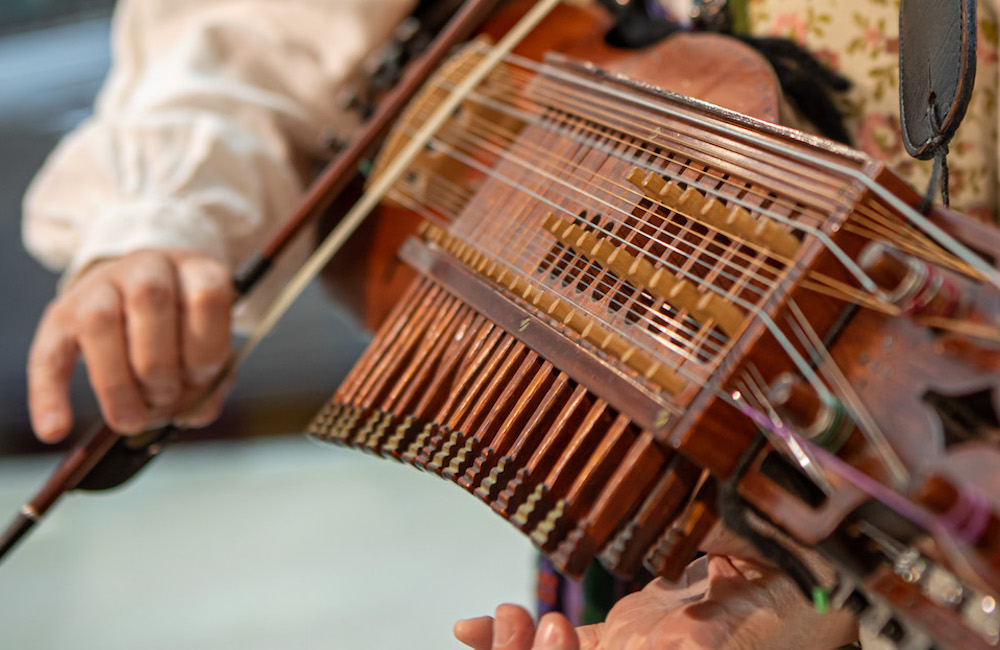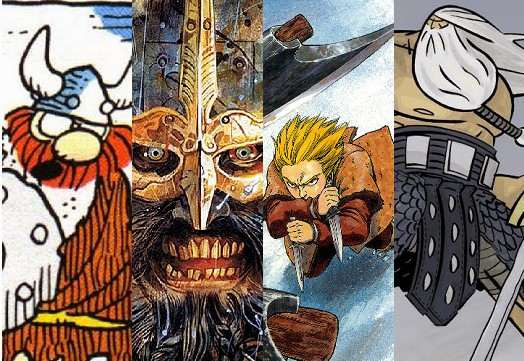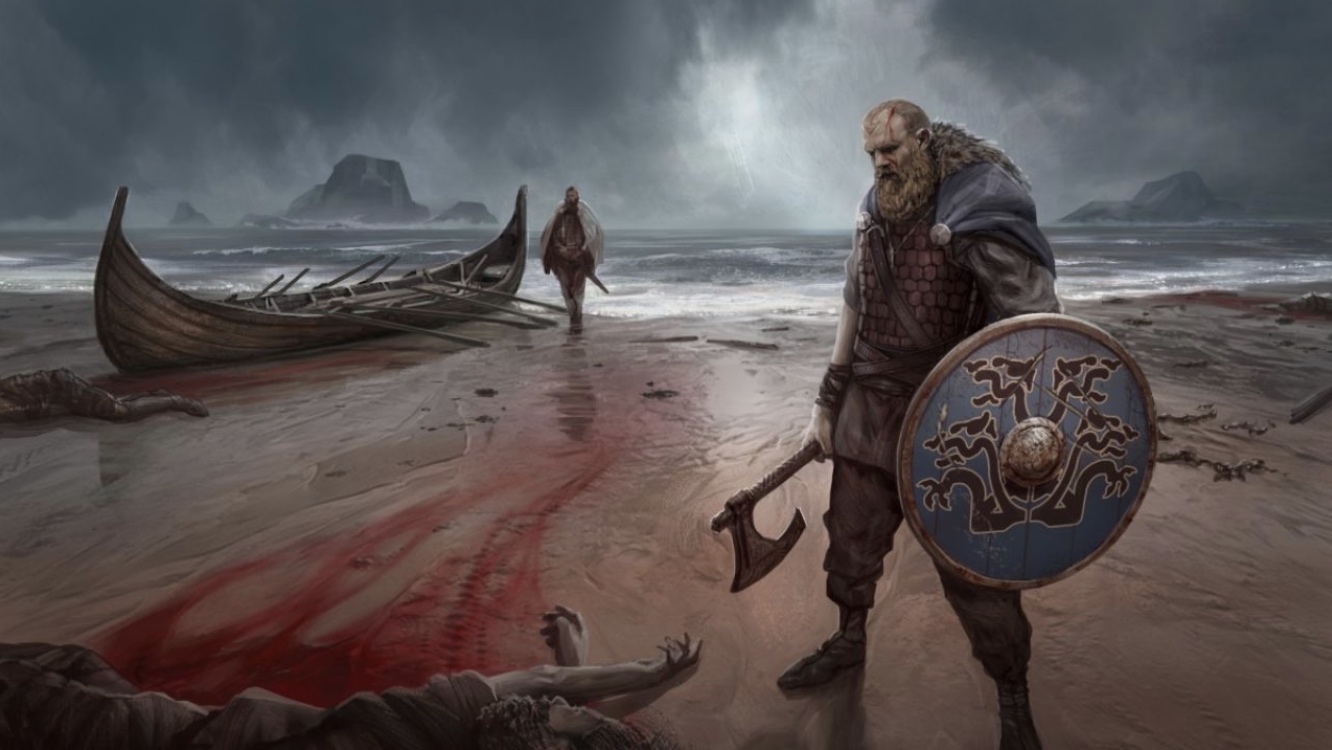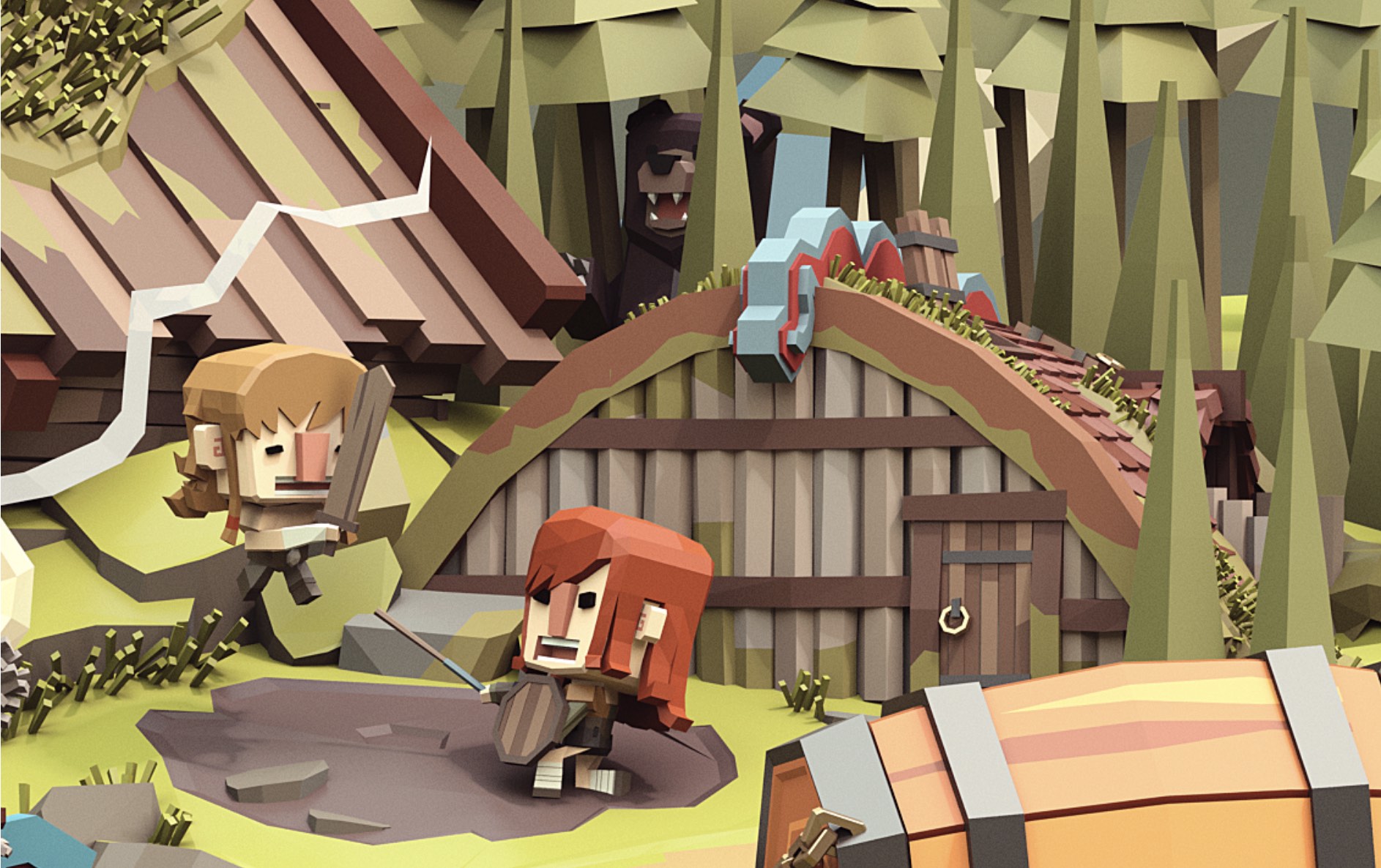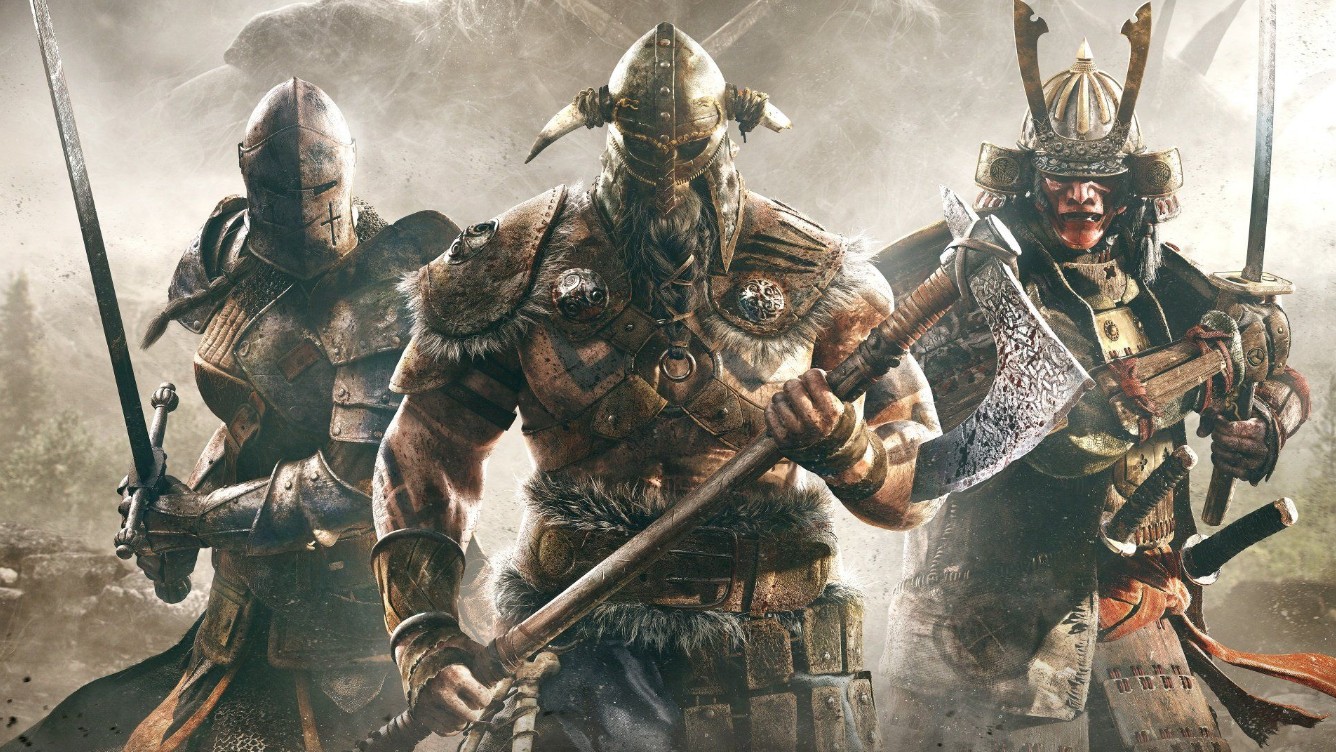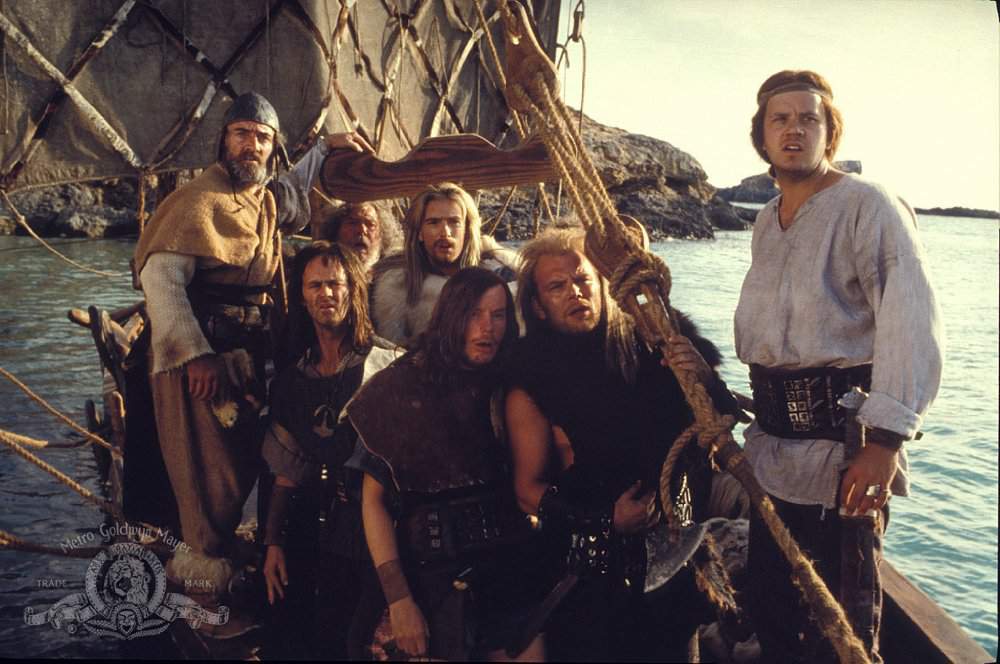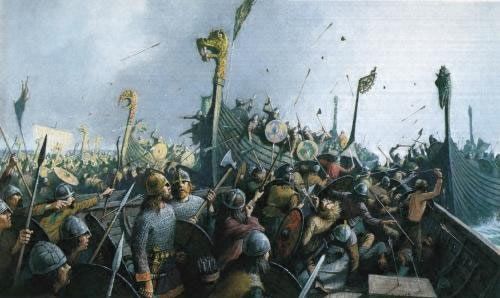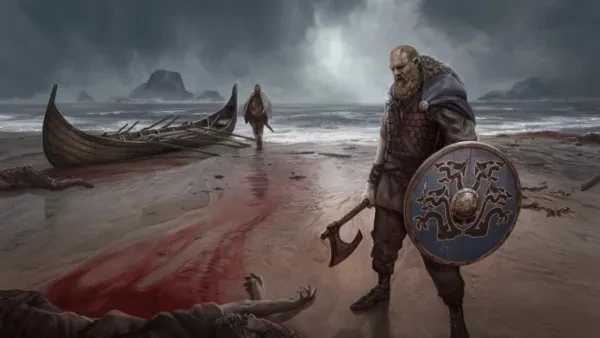
The Vikings were a fierce warrior race who inhabited the Nordic regions during the Middle Ages, raiding and colonizing large parts of Europe and eventually reaching North America. Now, they’re a football team from Minnesota. But hey, that’s life!
But let’s go back, long before the Vikings were tossing the pigskin, to a time when the Norsemen were paving the way to victory with human skin. Because of… war.
Here are the top ten famous fearsome Vikings:
10. Cnut the Great
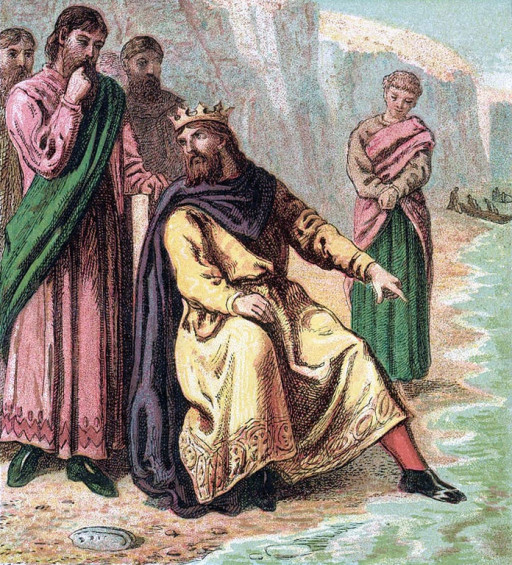
Cnut is a bit of a misunderstood figure. Initially a king of Denmark, he eventually came to rule over England and Norway as well. His first actions as king of England were cruel: giving English estates to Danish followers, planning assassinations, and killing prominent Englishmen.
The controversy surrounding Cnut the Great revolves, primarily, around his decision to move his throne to the seaside. Literally. The story goes that Cnut, to illustrate a point to his followers, moved his throne to the water’s edge on the shore. One version of the story attempts to paint him as a fool who believed he was powerful enough to tell the tide to stop.
The other version of events clarifies that Cnut, in a display of humble wisdom, did this to inform his followers that nobody, not even a king, can withstand the power of a God.
Despite differing allegories, he is often considered by historians to be one of the most effective and influential Anglo-Saxon rulers. Not only was he a fierce warrior, but he was also cunning, scheming, and an effective planner. Knowledge is power, and power is fearsome.
9. Sigurd Snake-in-the-Eye

As if being born with the image of the Ouroboros (a snake biting its own tail) in his eye weren’t a frightening enough image, imagine that same child leading an army to avenge the deaths of his two half-brothers.
Oh, and did I mention he was three-years-old? While others around him, notably his brother Ivar, believed that the Gods were on their enemy’s side, Sigurd’s determination to avenge his brothers inspired Viking leaders to assemble nearly 40 ships and lay waste to Swedish king Eiysteinn Beli’s kingdom.
Violent Viking children weren’t uncommon, but to have the fierce, bloodthirsty determination to rally an army at that young of an age was certainly not an everyday occurrence.
Sigurd is a son of Ragnar Lodbrok and along with his brothers Ivan, Björn, Hvitserk, and Rognvald, made a name for himself raiding a vast array of European territories. The sons of Lodbrok were a force to be reckoned with, even the youngest, Sigurd.
8. Egill Skallagrímsson
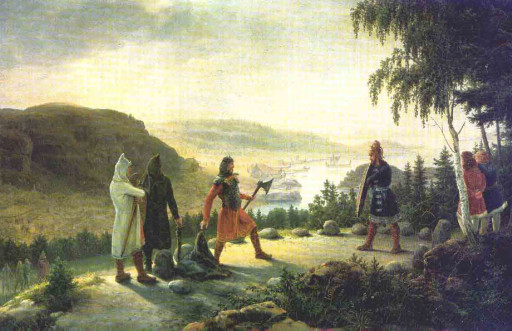
Following the same pattern of childhood violence, we have Egill Skallagrímsson, a poet, farmer, and fearsome Viking warrior whose life is bookended with acts of violence.
At the age of seven, Egill was cheated in a game by other boys from his village. His response? Go home, grab an axe, and split the skull of the boy who cheated him.
Later, Egill married a woman named Ásgerðr, and tried to claim a share of her father’s inheritance. When he was denied by Ásgerðr’s brother, Berg-Önundr, Egill challenged the man to a traditional duel: the holmgang. Berg-Önundr refused, so Egill murdered him and his brother Hadd. He killed his wife’s third brother, Atli the Short, shortly after by biting through his neck during a holmgang.
Much of Egill’s life is chronicled through poetry in what is now called “Egill’s Saga.” Many of these poems were recited to kings and, in one case, to king Eric Bloodaxe who was so impressed with Egill’s writing that he opted not to kill him, despite a years-long feud.
Egill lived well into his eighties, dying on his family farm in Iceland. But don’t worry, there’s one more act of savage violence in Egill’s life. Shortly before he died, he buried his silver treasure near Mosfellsbær with the help of a servant. And then he murdered the servant.
7. Gunnar Hámundarson
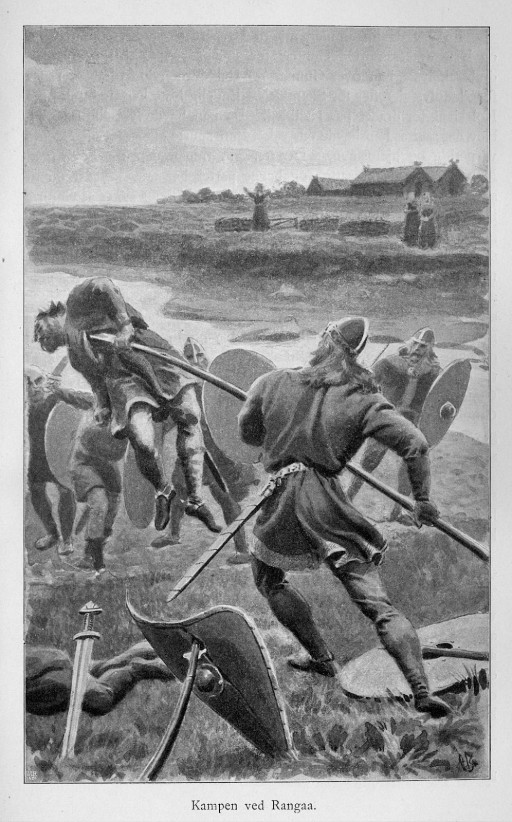
Often called Gunnar the Hero, he was the classic archetype of a warrior. He was handsome, wise, kind, and skilled. Gunnar was a talented archer, possessed great prowess with the atgeir -- a Viking polearm -- and could hit an enemy between the eyes with a stone with astounding accuracy.
Gunnar’s strength was described as “being capable of jumping his own height in full body armour, both back and front.”
Gunnar died a hero’s death as well. After killing two members of the family of Gissur the White, Gunnar’s life was sought in retribution. Rather than leave his home, however, Gunnar chose to stay behind and fight till his death. When the men arrived at Gunnar’s house, he fought them off by attacking them through gaps in his house with his atgeir, as well as firing arrows at them from his bow.
His ultimate downfall, however, was his mistreatment of his wife. His bow string broke, and he asked her for a strand of her hair to replace it, but she bore a grudge from a time when he struck her and refused. He attempted to fight his attackers in hand-to-hand combat, but finally couldn’t withstand their assault any longer.
Gunnar was an unparalleled warrior with intense loyalty to his homeland. He just wasn’t the best husband.
6. Harald Sigurdsson

Also known as Harald the Ruthless, he is most recognized as being the last of the famous Viking leaders. At age 15, he fought to help his half-brother, Olaf, claim rule of the Norwegian throne -- then under the leadership of Cnut the Great. Olaf was defeated in the battle, and Harald was forced into exile in Kievan Rus (Russia).
There, he rose to Captain in the military forces under Yaroslav the Wise before leaving for Constantinople with his comrades where he became Commander of the Byzantine Varangian Guard: an elite group of soldiers whose members served as guards to Byzantine Emperors. Harald amassed a great amount of wealth during his time in the Byzantine Empire.
Later, he used his wealth to prepare another full-scale invasion of the Norwegian lands, though in his absence, rule of Norway fell from the Danish rule of Cnut the Great into the hands of Harald’s own nephew, Magnus the Good. Magnus refused to fight against his own uncle and instead chose to split the rule of the land.
Harald took complete control over Norway shortly after, when Magnus the Good suddenly and unexpectedly died. Harald spent many years after fighting against his former ally, Sweyn, for the rule of Denmark and even attempted to take England at one point.
The last true Viking never stopped fighting, until the day he died at the Battle of Stamford Bridge.
5. Björn Ironside
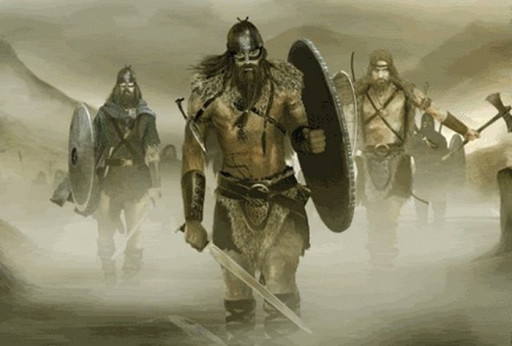
Naming conventions were a lot more literal in medieval times. Bjorn Ironside earned his name for his physical prowess -- AKA, having sides like iron. He was a very sturdy man.
Bjorn was said to be able to single-handedly turn the tides of any battle and was the chief muscle amongst his brothers. Shortly after his father’s death, he and two of his brothers traveled to France to seek vengeance (there is lots of vengeance-seeking in Viking tales). They found King Ælla, their father’s killer, and performed a torture style called the “blood eagle” on him.
Essentially, they cut the king’s back open, pulled his ribs through it so as to resemble wings, and in doing so ripped his lungs out through the opening in his back. Yeesh. There’s no “fun” form of torture, but the blood eagle sounds particularly gruesome.
Legends of Björn Ironside spread throughout Europe, and his name comes up often in Scandinavian tales in a great number of raids, pillages, and he eventually came to be King of Sweden. The legends around his birthhood shift and nothing is known of his death, but in life, he was one of the mightiest Viking warriors.
Following in his father’s footsteps, Björn sought to plunder a city on par with France and set his sights on Rome. He led a fleet of 62 ships and set siege to the city. They didn’t stand a chance. Björn and Hastein, another Viking, devised a plan to sneak Hastein into the Roman church under the guise that he was dead, where he then burst from a coffin and fought his way to the city gates to allow the others to enter.
They laid siege to the city and stood victorious over the civilians, until one spoke and told them they had not, in fact, attacked Rome. Instead, they had laid siege to the city of Luna, just a bit too far north. They were so angered that they burned the city and continued to plunder city after city, some say going as far as Alexandria, Egypt.
4. Freydís Eiríksdóttir
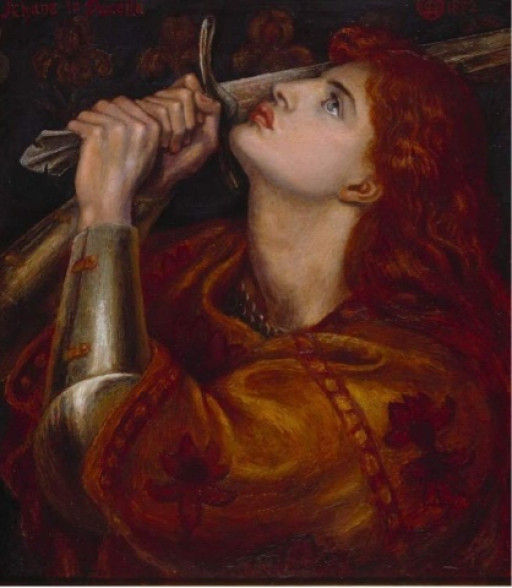
As her name would imply, Freydís is the daughter of Erik. Erik the Red, to be more specific -- a Viking who was hot-tempered and, thankfully, earned his name not because he shed a lot of blood (he did), but because of his hair color. Still, Erik earned himself an exiling to uninhabited Greenland because he just couldn’t stop murdering!
Freydís certainly inherited her father’s temperament. Like her brother, Leif Erikson, she made her way to Vinland, otherwise known as Newfoundland, Canada. Unlike her brother, her time in the Americas was not spent peacefully eating grapes and trading with the locals, but instead engaging in armed conflict.
The natives attacked the Vikings with weapons they had never seen before, and most of the Vikings fled in response. Freydís, instead, grabbed a sword and beat her chest, all the while letting out a ferocious wail, prepared to face them all alone. The sight alone caused many of the natives to turn and run. Freydís was eight months pregnant at the time.
Freydís then returned home, but the call of a new world beckoned her once more. She partnered with two brothers, Helgi and Finnbogi, to use Leif Erikson’s homes in Vinland to house the men they were to bring and split the spoils 50-50. The two brothers agreed and set sail.
Freydís, however, broke her word and took more men than she agreed upon with her. When she arrived to find the homes already occupied, she expelled the brothers and their men, who put up no fight due to being outnumbered. Still, they managed to work together in the end.
Or so the brothers thought until Freydís beat herself and told her husband, Torvald, that the brothers mistreated her and were to be killed. Torvald took his men and killed both the brothers and their men, though he left five women in the party alive. Freydís, wanting no witnesses, murdered the women in a blind rage.
Then she threatened her men with the same fate if any of them were to speak the truth of what happened.
Like I said, she had her father’s temper.
3. Eric Bloodaxe
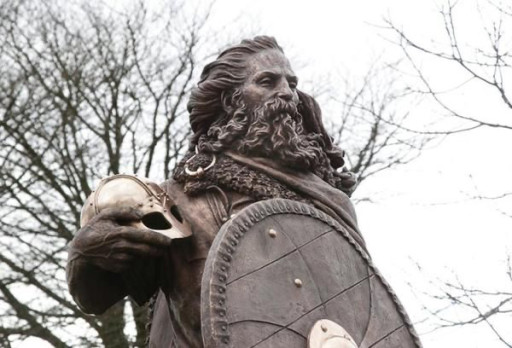
This Eric, on the other hand, did not have Bloodaxe-colored hair. No, his name is derived from his pension for large axes and making people bleed with them -- specifically, his brothers whom he murdered after the death of their father in order to secure himself the throne of Norway. He murdered five of his brothers.
Apparently, his rule was so brutal and gruesome that many nobles sought to overthrow him, and eventually a surviving brother, named Hakon, who grew up in the court of Athelstan in England, returned and, for unknown reasons, Eric relinquished the throne to him and left for England.
2. Ivar the Boneless
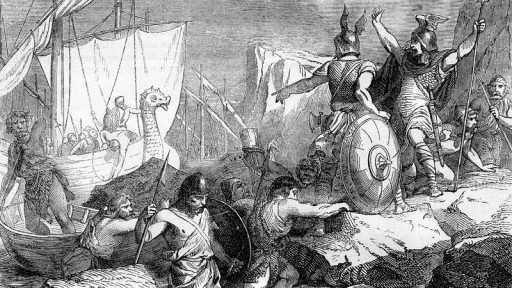
Ivar was the leader of the Great Heathen Army: a master strategist and cunning tactician. And severely crippled. He had to be carried on a shield into battle. According to legend, he was born without a single bone in his body -- just cartilage where bone should have been.
Despite this, his fellow Vikings claimed he was massively tall, handsome, and incredibly wise. He was respected greatly by his brothers, all of whom turned to him upon their father’s death. He accompanied his brother Björn to Ælla’s lands, helped with the blood eagle torture, and in fact, to make the torture worse, sprinkled salt into Ælla’s wounds.
After taking Northumbria from Ælla, he set his sights on the rest of England, leading the Great Heathen Army as they soaked the lands with blood, pillaging and setting fire to churches, monasteries, and temples as they pleased.
Ivar is responsible for the naming of Edmund the Martyr. After capturing his lands, he had the former king tied to a tree where he was beaten with clubs and filled with arrows, but kept alive to feel all the pain. Then Ivar cut his head off.
He may have been boneless, but he certainly wasn’t spineless. Ivar was fearsome not for his physical abilities as a warrior, but for his fierce and sharp mental prowess.
1.Ragnar Lodbrok
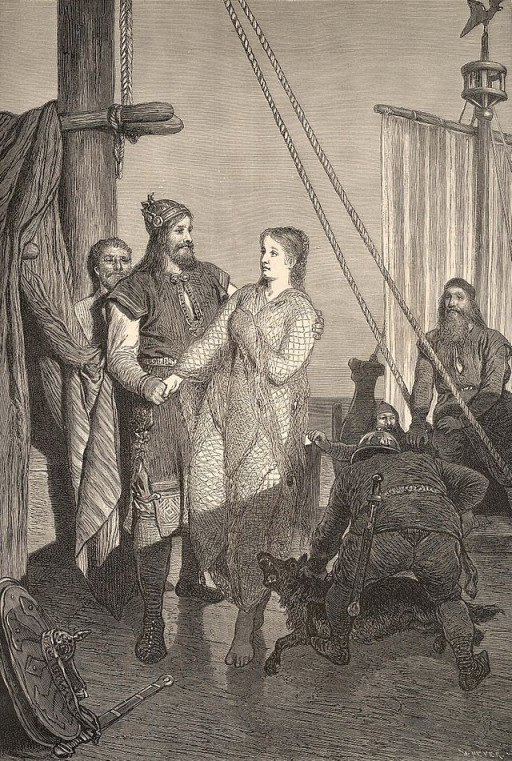
Ragnar Lodbrok’s legacy likely exceeds his life in actuality. He married three women, the third of which, Aslaug, bore his most famous children: Ivar the Boneless, Björn Ironside, and Sigurd Snake-in-the-Eye. His last name means “shaggy breeches” and is representative of the strange clothing he wore when he slew a giant snake.
Some accounts speak almost entirely of his marriages and time as a Danish king, others claim that he never was, in fact, a Danish king. What is indisputable, however, is that Ragnar Lodbrok’s famous lineage has forever painted the way we understand Viking history.
Whether the man himself was fearsome is to be debated -- some historians even debate if all stories of “Ragnar Lodbrok” are about the same man -- but his name struck fear into the hearts of Medieval European citizens. Stories of pillaging, of the Great Heathen Army, of war and bloodshed and brutalism all, harkened back to the same name: Ragnar Lodbrok.
For every venture and conquest that his sons undertook, people heard the name Ragnar Lodbrok. He has gone down in history as a fearsome Viking because his legacy has outlasted him in a way that no other Viking’s has.
In fact, some historians believe that stories of Ragnar Lodbrok may not have even been about the same person. They might have, over the years, morphed and blended together to create the image of Ragnar Lodbrok, a man who was never really there.
The truly fearsome thing about Ragnar Lodbrok is that he built a legacy for himself that is so fantastical, mesmerizing, and historic, and he may not have done a damn thing. Ragnar Lodbrok is just a perfect example of the power of storytelling.
And storytelling can be the most fearsome tool we have.

